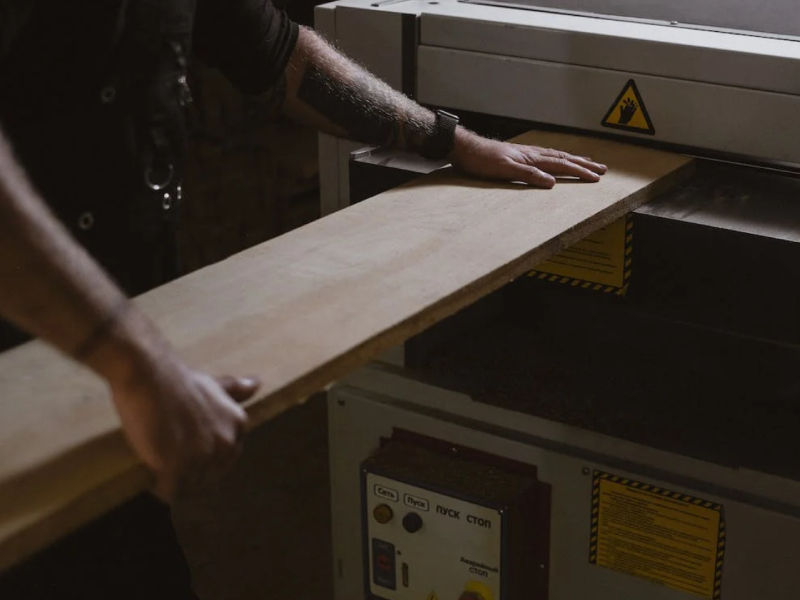A planer, also known as a thickness planer, is a tool that is used to make a board of wood thinner and smoother by removing a thin layer from its surface. It can be used for a variety of projects, such as creating furniture, molding, cabinetry, and flooring. Choosing the right planer for your needs can be a bit challenging, as there are many options available on the market. In this blog, we’ll go over some of the key considerations you should keep in mind when choosing a planer.
Power and Capacity
The first factor you need to consider when choosing a planer is its power and capacity. Power refers to the amount of energy the planer uses to make cuts, while capacity refers to the maximum size of the board that can be passed through the planer. The most common power ratings for planers range from 13 amps to 15 amps, which should be sufficient for most projects. In terms of capacity, you should look for a planer that can handle the size of the boards you typically work with. If you work with smaller pieces, you may be able to get away with a planer that has a lower capacity. However, if you work with larger pieces, you will need a planer with a higher capacity.
Cutting Depth and Width
The cutting depth and width of a planer are two important factors to consider. Cutting depth refers to the amount of material that can be removed from the board in a single pass, while the cutting width refers to the maximum width of the board that can be passed through the planer. For most projects, a cutting depth of 1/8 inch and a cutting width of 13 inches should be sufficient. However, if you work with larger boards or if you need to remove more material, you should consider a planer with a higher cutting depth and width.
Portability
Another factor to consider is portability. If you need to move your planer from job to job or if you have limited storage space, you should consider a portable planer. Portable planers are generally lighter and smaller than their stationary counterparts, and they can be easily moved from one location to another.
Dust Collection
Working with a planer can generate a lot of sawdust, which can be hazardous to your health and messy to clean up. To minimize the amount of sawdust generated by your planer, you should look for one that has an integrated dust collection system. This system will help to collect the sawdust generated by the planer and keep your workspace clean.
Price
You should consider the price of the planer. Planers can range in price from a few hundred dollars to several thousand dollars, so it is important to choose a planer that fits within your budget. In general, more expensive planers tend to have more features and better performance, but they may not be necessary for everyone. You should carefully consider the features and specifications of each planer to determine which one is right for you.

Brand reputation
The reputation of the brand is also an important factor to consider when choosing a planer. Look for brands that have a good reputation for quality and reliability, and that offer good customer support.
User reviews
Finally, consider reading user reviews of the planers you are interested in. This can give you a good idea of what other users think of the tool, and whether or not it is a good fit for your needs.
In conclusion, choosing a planer can be a bit overwhelming, as there are many options available on the market. By considering the power and capacity, cutting depth and width, portability, dust collection, and price of each planer, you can find one that fits your needs and budget. Before making your final decision, be sure to do your research and read reviews from other users to ensure that you are making an informed decision.
Q&A
How do I know which type of planer is best for me?
The choice between a handheld or a benchtop planer depends on your specific needs. If you have a large number of boards that need to be planed, a benchtop machine provides a fast and efficient solution. If you want a planer that you can carry to different locations, you may consider a handheld tool.
What should I keep in mind when it comes to dust collection?
If you don't have some sort of dust collection in place, you're likely to end up with dust on your face when using a planer. No planer is perfect when it comes to collecting dust, but the attachments they provide can help. Some benchtop planers have a hood that will direct dust into a collection area. Others include a hose attachment for dust collection. Both handheld and benchtop planers may also include a dust bag as an attachment.

 Facebook
Facebook
 Ins
Ins